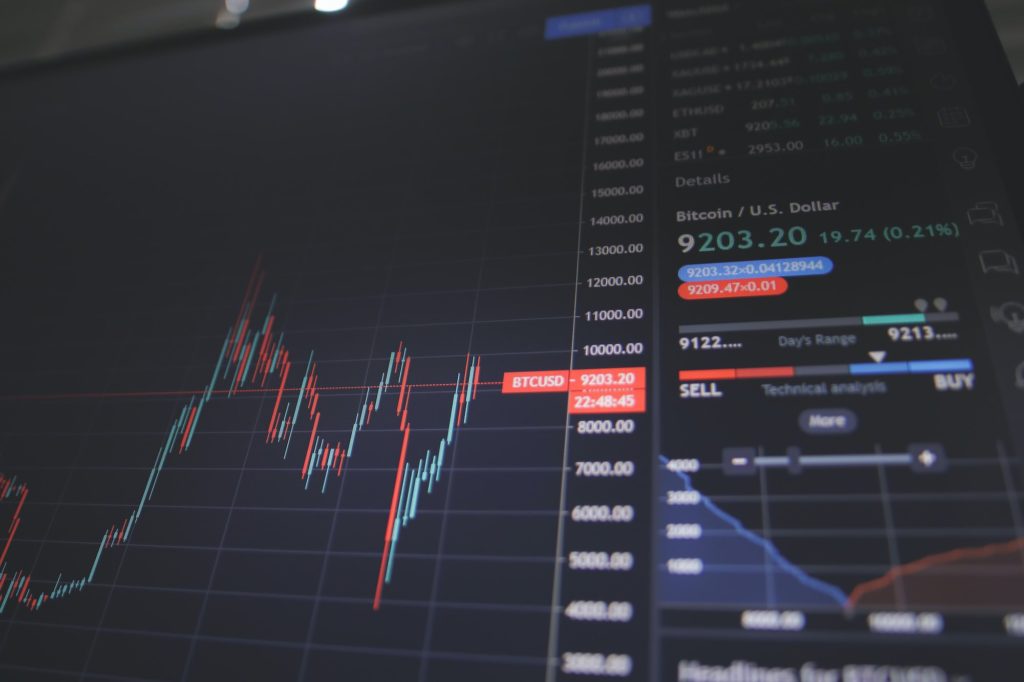The stock market rally has been a major talking point in the financial world for some time now. Despite the pandemic-induced slowdown, many stocks have continued to rise, and investors have been reaping the rewards. However, there are now growing concerns that the stock market rally may face a big test from the U.S. dollar. In this article, we'll take a closer look at the reasons behind this, and what it could mean for investors and the market as a whole.
The Impact of the U.S. Dollar on the Stock Market
The U.S. dollar is the world's primary currency, and it has a significant impact on the stock market. When the dollar strengthens, it can make stocks less attractive to foreign investors, which can lead to a decrease in demand and a drop in stock prices. This, in turn, can cause a decline in the stock market as a whole. Conversely, when the dollar weakens, it can make stocks more attractive to foreign investors, leading to an increase in demand and a rise in stock prices.
Factors Influencing the U.S. Dollar's Strength
There are a number of factors that can influence the strength of the U.S. dollar. One of the most significant is interest rates. When interest rates rise, it makes the U.S. dollar more attractive, as it provides a higher return on investment. Conversely, when interest rates fall, the U.S. dollar becomes less attractive, and its value decreases.
The dollar’s strength has eroded in the past four months, falling 10%, according to Dow Jones Market Data.
“The dollar was probably too overvalued based on ridiculous expectations for the Fed to hike to 6% — where you saw some people getting really giddy in those expectations,” Tyner told MarketWatch on Thursday.
Another important factor is inflation. When inflation is high, it reduces the purchasing power of the U.S. dollar, making it less valuable. Conversely, when inflation is low, the U.S. dollar becomes more valuable. In recent years, the Federal Reserve has been using monetary policy to try and keep inflation low, which has helped to maintain the dollar's strength.
The Current State of the U.S. Dollar
While the U.S. dollar is relatively strong, a slide in the dollar may help to catalyze rallies in stocks, which have kicked off the new year on a high note.
As of Friday, the dollar index had dropped more than 10% from Sept. 27, when it hit a two-decade high, while the S&P 500, the large-capitalization index for the stock market, has gained over 11% since.
At the dollar’s 2022 high, the DXY was up 19% for the year, while the S&P 500 had slumped 22%, according to Dow Jones Market Data.
However, analysts warn against using the recent inverse correlation between the dollar and stocks as a reason to jump back into equities other risk assets.
“It could be that investors are taking this announcement from the Fed and their current sentiment to mean that they can go back into riskier assets, but I wouldn’t necessarily say it is a guarantee,” said Shelby McFaddin, senior analyst of Motley Fool Asset Management.
“Certainly we can say correlation, not causation…You could say that it’s an indication, but not that it is the indicator,” McFaddin added.
What It Means for Investors
For investors, the potential for a decline in the U.S. dollar is a cause for concern. If the dollar does weaken, it could lead to a decline in the stock market, as stocks become less attractive to foreign investors. This, in turn, could lead to a decrease in the value of investments and a decline in returns.
The Fed has also stated that it will be reducing its balance sheet. This means that the Fed will be selling stocks.
It's worth noting that the stock market is a long-term investment, and it's unlikely that any single event will have a major impact on it. Instead, investors should focus on their long-term investment strategy, and look for stocks that are likely to perform well regardless of what happens to the U.S. dollar.

